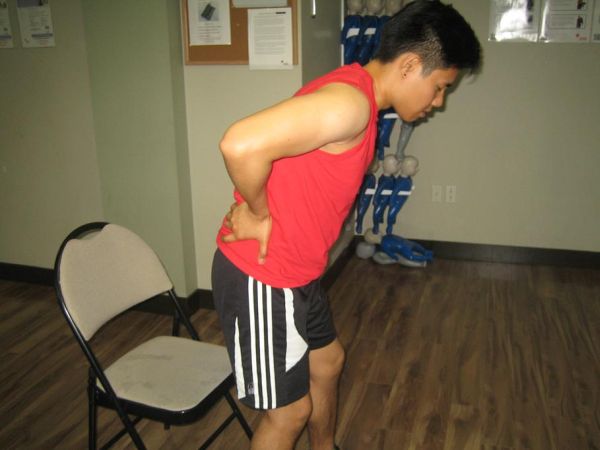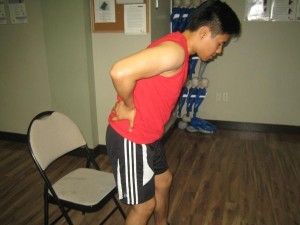Many individuals all over the world have experienced computer-related back pain at some point in their lives. The spinal column is comprised of bones known as vertebrae that protect the spinal cord. Injuries, various conditions and repetitive strain can damage these structures in the neck and back including sitting extended hours in front of a computer in a day.
Always bear in mind that the back pain caused by prolonged computer use at work is related to various factors both internally and externally. Individuals who work all day in front of a computer should be well aware of these factors to determine the cause in case of future episodes.
What are the risk factors?
The risk for experiencing back pain is higher in some individuals. The risk factors that could not be changed include the following:
- Deformities of the spine such as scoliosis
- Osteoporosis
- Women
Always bear in mind that the back pain caused by prolonged computer use at work is related to various factors both internally and externally.
As for the modifiable risk factors, it includes the following:
- Occupation or type of work
- Design of the work area or station
- Time span spent on work
- Posture
- Intensity of work
Due to the variety of individual factors, it might be hard to precisely determine a cause-and-effect link between back pain and computer usage in a particular individual.
Role of posture
Even if an individual uses the best office chair, it cannot help the back if he/she sits with a slumped posture for extended periods of time. Always bear in mind that the spine is designed to be in an upright, neutral position with the shoulders back and a slight curvature at the base.
Gestures or movements such as leaning forward to reach the keyboard, dangling the feet from a high chair, twisting the body while on the phone or bending the head to check the computer will offset the alignment of the back from its neutral position.
It is recommended to sit back in a chair and utilize a footrest to keep the hips and knees properly aligned to relieve pressure on the back. Make sure that the height of the computer and table must be adjusted so that the individual can look straight at the screen instead of leaning forward.
Uncomfortable chair
If the individual suffers from back pain while using a computer, the chair is considered as a contributing factor if it could not support the body properly. Poor alignment of the body for extended periods can cause pressure on different regions of the spine and contribute to pain in the neck, back, arms and shoulders.
Select a chair that can be adjusted to the body. This can help in relieving the back pain. The vital features must include the ability to adjust the backrest, height and armrests. A flat or curved seat might also affect whether the lower or upper back are strained with extended periods of sitting.
Inactivity
Being seated in a position for more than 20 minutes can also contribute to the back pain by diminishing the flexibility of the ligaments and tendons over time. The best way to prevent back pain while at work is to shift position more often and take breaks away every 20 minutes.
Standing and leaning back with the hands behind the small part of the back can improve the flexibility of the spine as well as prevent pain while using a computer.


